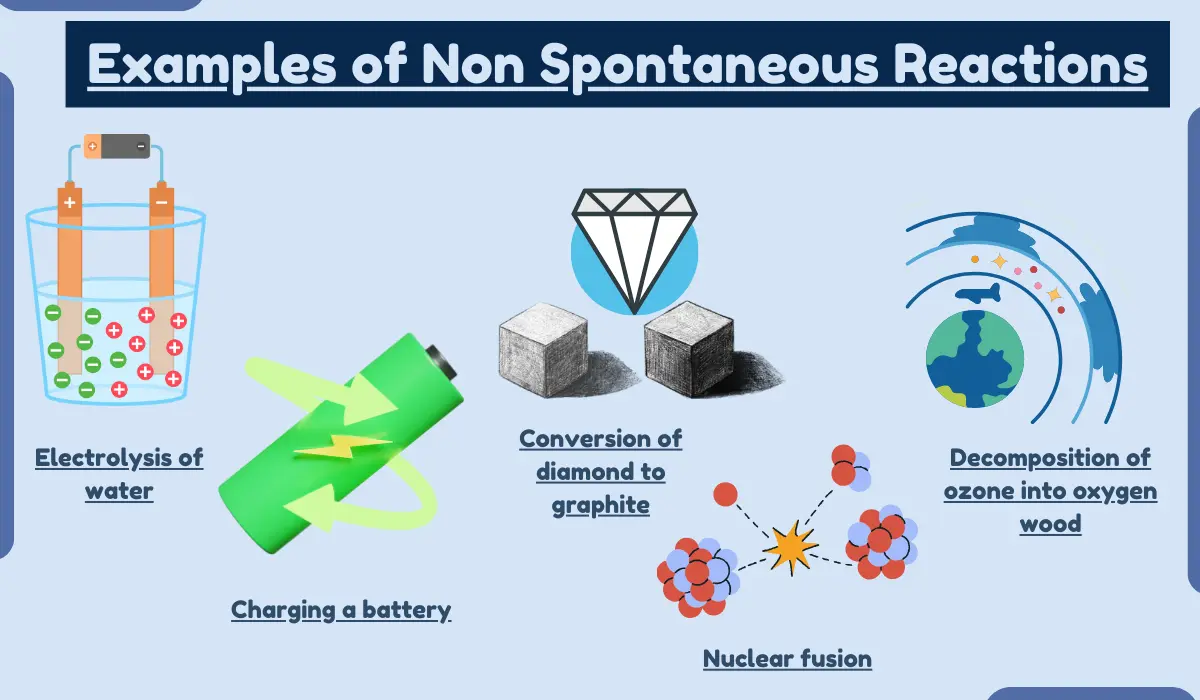20 Examples of Transition Metals
Transition metals, a group of elements found in the middle of the periodic table, possess unique electronic configurations and versatile properties. These metals are crucial in various fields, from industry to medicine.
Examples of Transition Metals
Here are 20 Examples of Transition Metals:
1. Iron (Fe)
Iron is a foundational transition metal used extensively in construction, manufacturing, and infrastructure development. Its exceptional strength and durability make it an essential component of modern society.
2. Copper (Cu)
Copper is renowned for its superb electrical conductivity, making it indispensable in electrical wiring, motors, and electronic devices. Additionally, it’s a key player in plumbing systems and artistic creations.
3. Nickel (Ni)
Nickel’s corrosion-resistant properties make it a prime choice for alloying with other metals, contributing to the creation of stainless steel and essential components in the aerospace industry.
4. Chromium (Cr)
Chromium’s resistance to corrosion and ability to enhance hardness make it invaluable for applications like chrome plating, stainless steel production, and industrial machinery.
5. Manganese (Mn)
Manganese finds its place in steel production as a deoxidizer and desulfurizer, ensuring the quality and strength of various steel products.
6. Cobalt (Co)
Cobalt plays a vital role in the production of powerful magnets, batteries, and as a catalyst in chemical processes, contributing to the advancement of technology.
7. Titanium (Ti)
Titanium’s exceptional strength-to-weight ratio makes it a favorite in aerospace applications, medical implants, and sports equipment, where durability and lightness are paramount.
8. Vanadium (V)
Vanadium is an essential ingredient in high-strength steel alloys, providing unmatched strength and heat resistance in industries such as construction and aerospace.
9. Zinc (Zn)
Zinc’s corrosion-resistant properties make it indispensable for galvanization, protecting iron and steel structures from rust, and it also plays a vital role in human health.
10. Molybdenum (Mo)
Molybdenum is a key player in the steel industry, enhancing the strength and resistance of steel products, and it’s also used in electrical contacts and lubricants.
11. Tungsten (W)
Tungsten’s incredibly high melting point makes it ideal for applications like light bulb filaments, where it can withstand extreme temperatures.
12. Mercury (Hg)
Historically used in thermometers, mercury’s liquid form at room temperature was once common, but its use has declined due to environmental and health concerns.
13. Silver (Ag)
Silver’s exceptional electrical conductivity makes it crucial in electronics, while its timeless beauty and antimicrobial properties make it a popular choice in jewelry.
14. Gold (Au)
Gold’s lustrous appearance and malleability make it highly sought after in jewelry and its historical use as a store of value continues today.
15. Platinum (Pt)
Platinum’s catalytic properties are critical in reducing emissions in catalytic converters, and it’s also prized in the jewelry industry and as a financial investment.
16. Ruthenium (Ru)
Ruthenium plays a vital role in electronics, solar cell technology, and catalysis, contributing to cleaner energy and technological advancements.
17. Rhodium (Rh)
Rhodium’s exceptional resistance to corrosion is key in catalytic converters, reducing harmful emissions in vehicles, and it’s also used in jewelry.
18. Palladium (Pd)
Palladium is crucial in catalytic converters, electronics, and dental alloys, reflecting its diverse range of applications.
19. Iridium (Ir)
Iridium’s remarkable density and resistance to corrosion make it valuable in spark plugs, scientific instruments, and as an anticorrosive coating.
20. Osmium (Os)
Osmium, the densest naturally occurring element, is used in electrical contacts and as an alloying agent, contributing to various technological innovations.





Leave a Reply